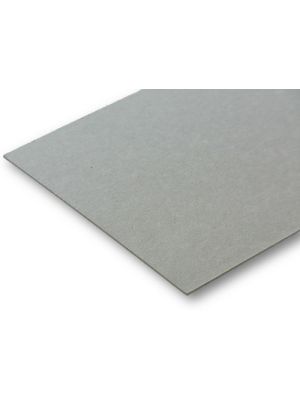Armored Steamer SMS Wespe and SMS Natter
Scale: 1/250
Skill Level: difficult
Length: 180 mm (7.09 inch)
Armored steamer S.M.S. Wespe and her sister armored steamer S.M.S. Natter as waterline models in one model kit. Two more dhingies are included in the kit, too. This papermodel is suited well for a little diorama.
The two armored steamers Wespe and Natter captivate not only because of their open gun turrets. And all the little details are simply fun to build. The fore castle deck is planked in star form and fits very well into the somewhat extravagant appearance of these ships.
The kit includes both models - you can build both Natter and Wespe out of it. These two ships are very similar and differ only in a few details like for example the markings on the funnels. Additionally there are two dhingies in the kit which can be build as waterline models. Together with the exhausts which can be pulled in on the foredeck this kit is perfect for building a little diorama.
The model highlights:
- 2 models included
- including 8 dinghies with thwarts
- including 2 steamed barges
- highly detailed superstructure
Angaben zur Produktsicherheit
Hersteller / Manufacturer:
fentens productions, Fürstenbergstr. 19, D-49716 Meppen
Kontakt: https://www.h-m-v.de/
| Product type | Papermodel |
|---|---|
| Manufacturer | HMV Hamburger Modellbaubogen Verlag |
| Scale | 1/250 |
| Designer | Markus Wiekowski |
| Difficulty | difficult |
| Sheet size | DIN A4 |
| Sheets | 8 |
| Parts | 1116 |
| Length | 180 mm (7.09 inch) |
| Bauanleitung | German, English, Pictures |
Technical data:
- Launching: 1876 and 1880 in Bremen at AG Weser
- Commissioning: 1876 - 1881
- Displacement: 1098 t
- Length: 46,4 m
- Width: 10,6 m
- Draught: 3,2 - 3,4 m
- Engine: 4 clyinder boiler, 2 slanted 2 cylinder Dual expansion engines, 700-800 Psi
- Top speed: 9-11,2 kn
- Range: 450 nautical miles at 10 kn, 700 nautical miles at 7kn
- armament: 1 ring cannon 30,5 cm L/22, 2 ring cannon 8,7 cm L/24, 2 3,7-cm-revolver cannon, torpedo tubes 35 cm (after 1883)
The armored steamers of the Wepse class were launched on July 6th, 1876 (Wespe) and September 29th, 1880 (Natter) in Bremen, Germany. With only a basic armament they were part of the squadron that secured the German coasts. With their flat hulls they were able to fall dry at falling tides and could be used as a kind of floating gun emplacements. Because they were very good at bad sea in bad weather conditions they were usually deployed in harbors.


 Deutsch
Deutsch






















